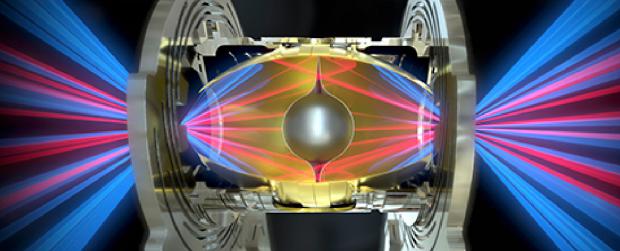
Breaking News
 Ukraine's Anti-Corruption Investigation Appears To Be On The Brink Of Implicating Zelensky
Ukraine's Anti-Corruption Investigation Appears To Be On The Brink Of Implicating Zelensky
 US Proposes Collecting DNA From Foreign Tourists
US Proposes Collecting DNA From Foreign Tourists
 Hep B Shot: Not Proven Safe or Effective for Kids
Hep B Shot: Not Proven Safe or Effective for Kids
 A Global Currency Crisis in 2026?
A Global Currency Crisis in 2026?
Top Tech News
 This tiny dev board is packed with features for ambitious makers
This tiny dev board is packed with features for ambitious makers
 Scientists Discover Gel to Regrow Tooth Enamel
Scientists Discover Gel to Regrow Tooth Enamel
 Vitamin C and Dandelion Root Killing Cancer Cells -- as Former CDC Director Calls for COVID-19...
Vitamin C and Dandelion Root Killing Cancer Cells -- as Former CDC Director Calls for COVID-19...
 Galactic Brain: US firm plans space-based data centers, power grid to challenge China
Galactic Brain: US firm plans space-based data centers, power grid to challenge China
 A microbial cleanup for glyphosate just earned a patent. Here's why that matters
A microbial cleanup for glyphosate just earned a patent. Here's why that matters
 Japan Breaks Internet Speed Record with 5 Million Times Faster Data Transfer
Japan Breaks Internet Speed Record with 5 Million Times Faster Data Transfer
 Advanced Propulsion Resources Part 1 of 2
Advanced Propulsion Resources Part 1 of 2
 PulsarFusion a forward-thinking UK aerospace company, is pushing the boundaries of space travel...
PulsarFusion a forward-thinking UK aerospace company, is pushing the boundaries of space travel...
 Dinky little laser box throws big-screen entertainment from inches away
Dinky little laser box throws big-screen entertainment from inches away
 'World's first' sodium-ion flashlight shines bright even at -40 ºF
'World's first' sodium-ion flashlight shines bright even at -40 ºF
Energy-positive laser fusion approach heads toward commercialization

For over 75 years, scientists and engineers have been pursuing the dream of harnessing fusion energy as a practical power source. Though there have been remarkable achievements, the goal has remained elusive. However, the prospect of providing humanity with all the clean energy it could need or want is too big a prize not to pursue.
The primary contender for fusion power is the tokamak, which uses a doughnut-shaped magnetic field to squeeze and heat hydrogen plasma to tremendous pressures and temperatures many times that at the heart of the Sun. These have achieved fusion, which is relatively easy – it can also be done by any hydrogen bomb or lab bench lash up. The tricky bit is to achieve nuclear fusion while getting more energy out than you put in, which is called fusion ignition.
This was first accomplished on December 5, 2022 by the Lawrence Livermore National Laboratory (LLNL) National Ignition Facility (NIF), which used an alternative to tokamak called laser-driven inertial fusion. This involves focusing of a massive bank of lasers on a small frozen pellet of deuterium and tritium. The sudden blast from these combined beams causes the pellet to implode and set off a fusion reaction that produces more energy than was required to generate it. To date, the NIF can create 2.5 times more fusion energy than the laser energy delivered to ignite the fuel.
At first, this seems like a great breakthrough, and in many ways it is. Unfortunately, the LLNL installation is designed primarily for pure research. Its only practical application is to carry out fusion experiments to assure the safety and reliability of American nuclear warheads. It isn't designed as a way to achieve a practical fusion power plant.
That is where Xcimer Energy comes in. Since 2022, the Denver-based company has been working to turn the laser fusion concept into a practical source of power. The goal is to produce a new krypton-fluoride laser installation that generates 10 times higher laser energy at 10 times higher efficiency and over 30 times lower cost per joule than the NIF.



